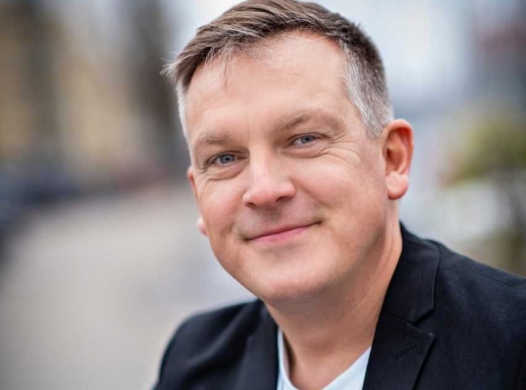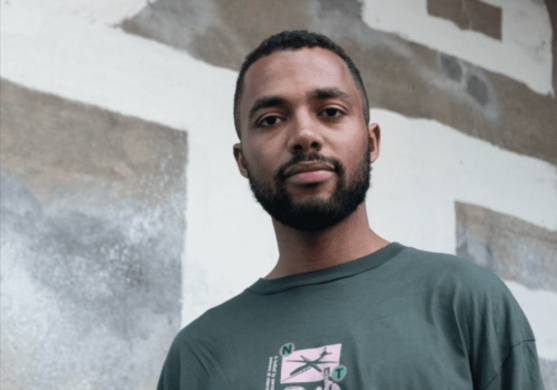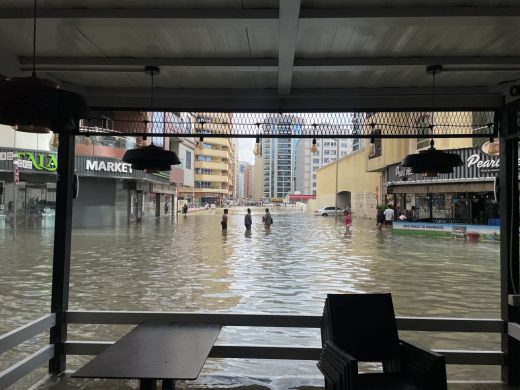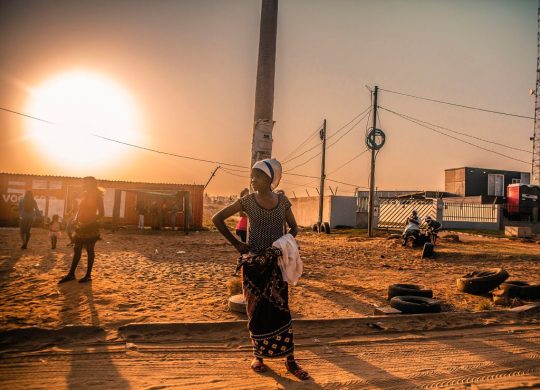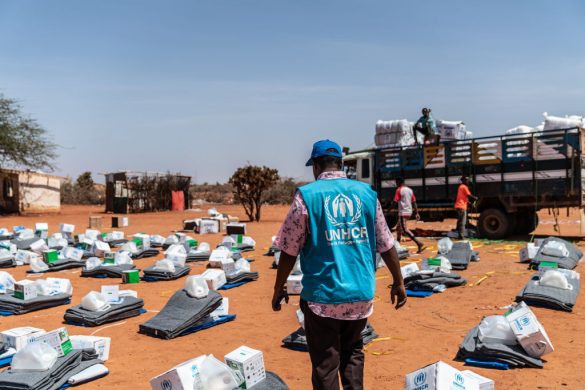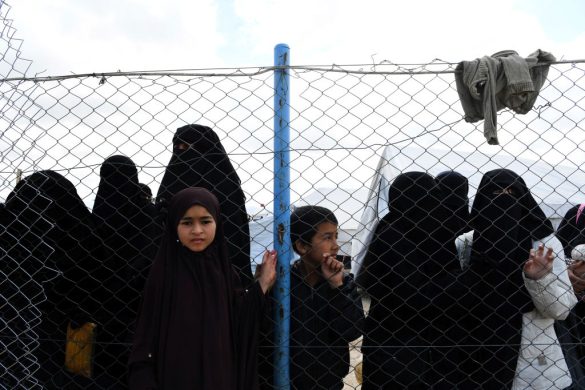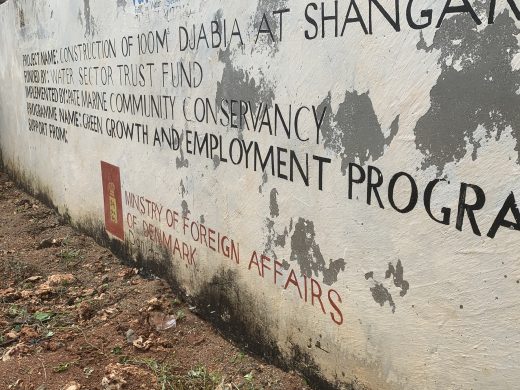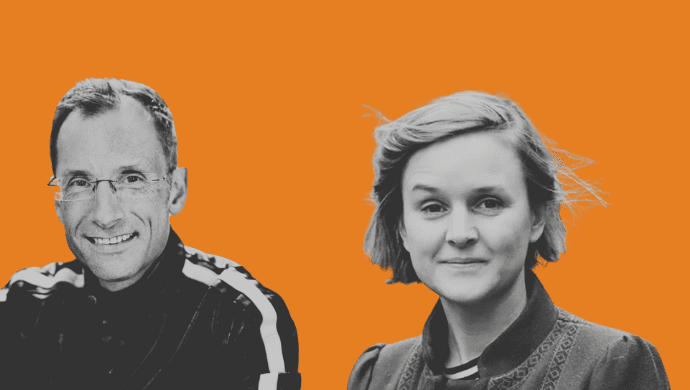How high on the Secretary-General’s to-do list is the 2030 Agenda for Sustainable Development?
Well, the timing of the meeting to discuss financing the Agenda might be a clue: it takes place on Tuesday afternoon, just before the General Debate of the General Assembly on Wednesday morning, when the eyes of the world turn to the UN Headquarters in New York.
The 2030 Agenda for Sustainable Development, commonly referred to as the 2030 Agenda, can be boiled down to a plan to “Transform Our World.”
In 2015, UN Member Sates adopted the Agenda and its 17 Sustainable Development Goals, or SDGs, which break down into three broad areas: people, planet and prosperity.
The adoption of the Agenda was significant, as it was the first time that world leaders pledged common action against such a universal and ambitious policy agenda. As the name suggests, the organizing principle of the Agenda and the SDGs is sustainable development, which is also the key message to the world community.
The UN defines sustainable development as “development that meets the needs of the present, without compromising the ability of future generations to meet their own needs.” This means taking into account, for example, the effects that unbalanced economic growth can have on the environment and people’s wellbeing.
The SDGs provide a framework for sustainable development that improves the lives of everyone, everywhere. For example, ensuring that economies grow and provide decent work; that everyone has access to nutritious food, no matter where they live; and access to quality education for all.
From 2015 until 2030, Member States, civil society and other partners are mobilizing efforts to change the way the world does business: ending all forms of poverty, fighting inequalities and tackling climate change, while ensuring that no one is left behind.
Since 2015, the UN has been hosting several meetings every year, designed to monitor the progress of Member States and partners, including the private sector, in changing business practices to ensure that the SDGs can be met.
The foundations for the financing of the SDGs were laid in July of that year, at the Third International Conference on Financing for Development, which took place in the Ethiopian Capital Addis Ababa, in a document called the Addis Ababa Action Agenda. It provided a new global framework for financing sustainable development by aligning finance with economic, social and environmental priorities; and set out a list of over 100 concrete measures, touching on finance, technology, innovation, trade, debt and data, in order to support the achievement of the SDGs.
Many welcome initiatives by governments and companies were noted. For examples, the Investors Agenda, one of the focus areas of the Global Climate Action Summit, brought together nearly 400 investors, managing $32 trillion of assets, who pledged to scale up the flow of capital into climate action, and a more sustainable, low-carbon economy.
However, whilst this new way of running the world presents a huge investment opportunity, public or private resources, and investments remain stubbornly far below what is needed to meet the 2030 Agenda targets.
Too much investment remains short-term and volatile, and the systemic change needed to transform economies and societies is not yet happening.
Governments need to make it easier for business to finance and invest in sustainable development projects, the private sector needs to mobilize for long-term investment, and new solutions for financing the SDGs must be created.
The Secretary-General will open the meeting, followed by Christine Lagarde, the Managing Director of the International Monetary Fund (IMF). Heads of State and Government will also participate, as well as senior representatives of leading private sector investors, financial technology innovators, and foundations.
Mr. Guterres has indicated that this meeting will be used to build momentum and political support at all levels; step up engagement with the private sector; and make the most of innovative solutions to finance the SDGs.
It will also be the forum for the launch of his Strategy for Financing the 2030 Agenda for Sustainable Development, which has three objectives:
1. Aligning global financial and economic policies with the 2030 Agenda
2. Enhancing sustainable financial strategies at the regional and country levels
3. Exploiting the potential of financial innovations, new technologies and digitalization to provide equitable access to finance.
After the meeting, the process continues, with several follow-ups scheduled for this year, and into 2019. The road is long, complicated and filled with potholes, but the commitment from the UN is clear: transform the world for the better by 2030.


